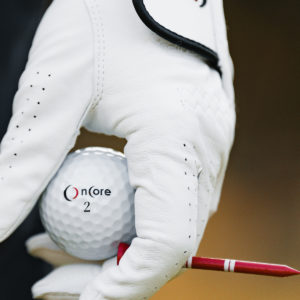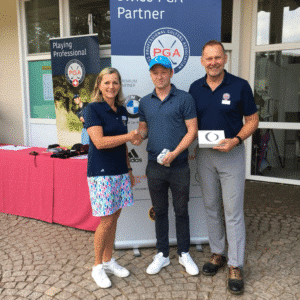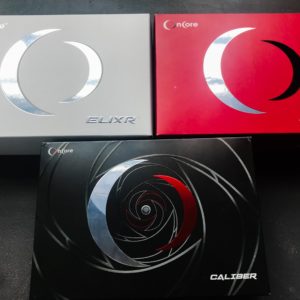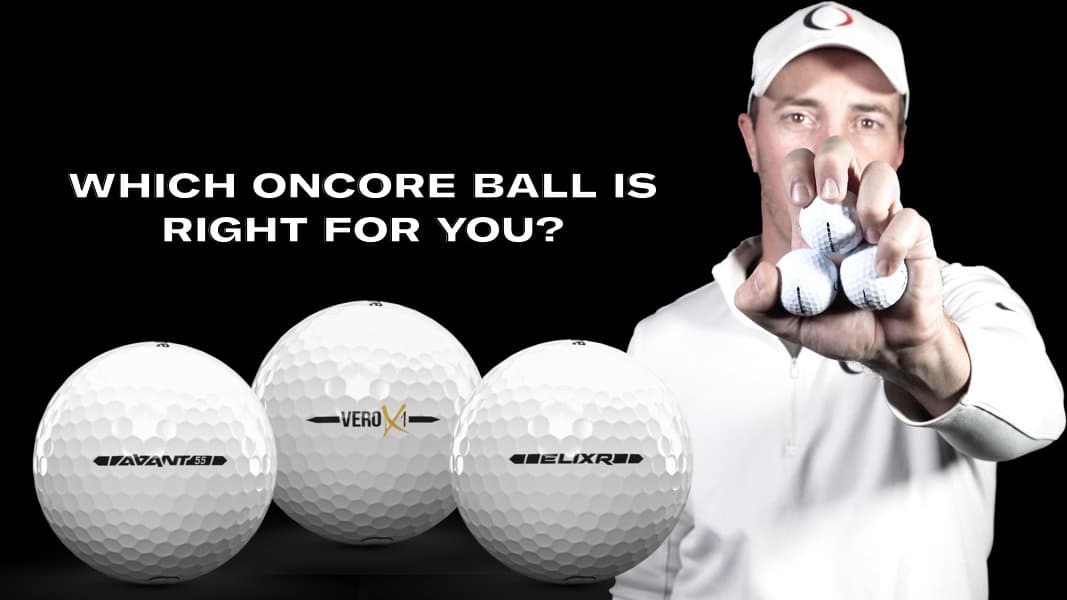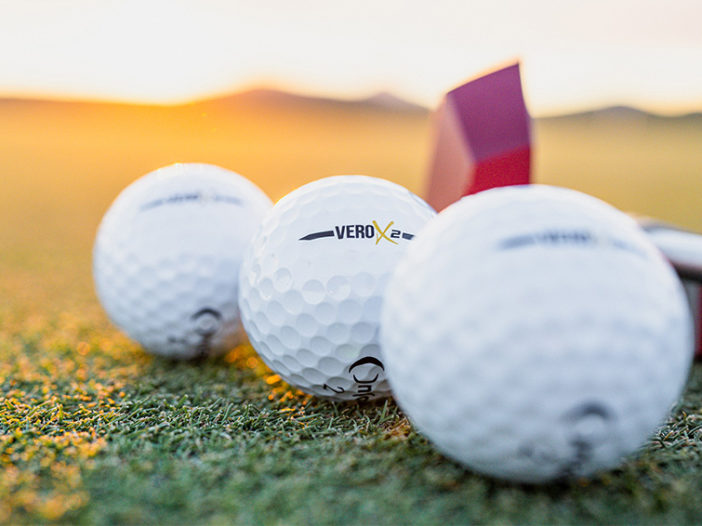
Golf balls are uniform in size (1.68+ inches in diameter), consist of layers (one to six) and are covered in dimples (between 250 to 500). They all look about the same – except for colors and logos. And there’s a seemingly infinite number to select from at your local golf shop, big box store or online.
So, when it comes to choosing the best ball for your game, what’s the secret? Make no mistake, it’s challenging. Unlike many pieces of golf equipment, golf ball technology is hidden from view. For starters, it can be easier to determine if you’re playing the wrong ball than the right one. Here are four signs you need to rethink your go-to dozen.
1) Your Golf Ball Doesn’t Behave on the Green
By that, we mean it doesn’t do what you want it to do. Let’s take your short game, for example. Are you the type of player who uses a high-lofted wedge, like a 54 to 60-degree, on every chip and pitch shot? Then you’ll likely need a urethane-covered ball, like the ELIXR or VERO series. Or do you prefer to mix in some gap and pitching wedges, and occasionally a 9- or 8-iron around the greens for roll out? Then a Surlyn-covered ball, like the AVANT 55, might be a better fit for your game. The bottom line: test different golf balls around the greens to ensure they perform as you need them to. Then work your way out to approaches and ultimately, tee shots.
2) Your Golf Ball Doesn’t Go as Far as it Could
Semantics are key, here. We use the phrase “as far as it could” versus as far “as far as it should.” Could is objective while should is usually subjective. And to further clarify, we’re talking specifically about driver distance. We see it all the time – golfers with driver clubhead speeds between 75 and 85 mph will buy a “distance ball” with a high compression rating (85 or above). At that swing speed, the driver can’t fully compress the “harder” golf balls to maximize distance and get the right spin and trajectory. If you swing the driver over 100 mph you might want to consider a higher-compression ball, like the VERO X1 or VERO X2. Speeds between 85 and 100 are optimal for the 2020 or 2022 ELIXR, while swings below 80 are suited for the AVANT 55.
3) You Can’t Control Your Ball in the Wind
We take a deep dive into this trending topic in a recent blog post. But for the sake of summary, here, while you can’t always control your ball in the wind, you can play a ball that performs better in windy conditions due to its engineering. That’s exactly what we’ve done at OnCore with our proprietary perimeter weighting technology. In fact, that’s one reason OnCore Ambassador Louis Kelly switched to the VERO X1 – and shortly after the VERO X2 – and went on to win the New Jersey Open against Jason Gore in a playoff.
4) Your Wedge Shots Fly Too High
A decade or so ago on the PGA TOUR, players were all about hitting towering wedge shots into greens. But today’s pros can have it both ways. For example, at Augusta National they need higher wedge shots to hold the severely undulating greens. During the winter “Florida Swing” TOUR players regularly encounter 20-30 mph coastal winds and need to flight the ball low. That’s right: they can pull off both shots with the same ball. How? With today’s multi-layer, urethane-covered golf balls they can have their cake (penetrating wedge shots) and eat it, too (high wedge shots with pinpoint control after impact).
For average golfers, firmer balls tend to fly higher because they slide up the face. Softer balls that spin less typically have a lower flight as the cover grabs the grooves rather than sliding. Grab a few different types of balls and test them from 80 to 100 yards. See which ones you can keep relatively low in flight while holding the greens near the pin.
The golf ball is the one piece of equipment used for every shot. That is why it is so important you find the right ball.
Ready to find the perfect OnCore ball for your game?
Take the next step with our Ball Fitting Assessment and receive 10% off your first purchase.

